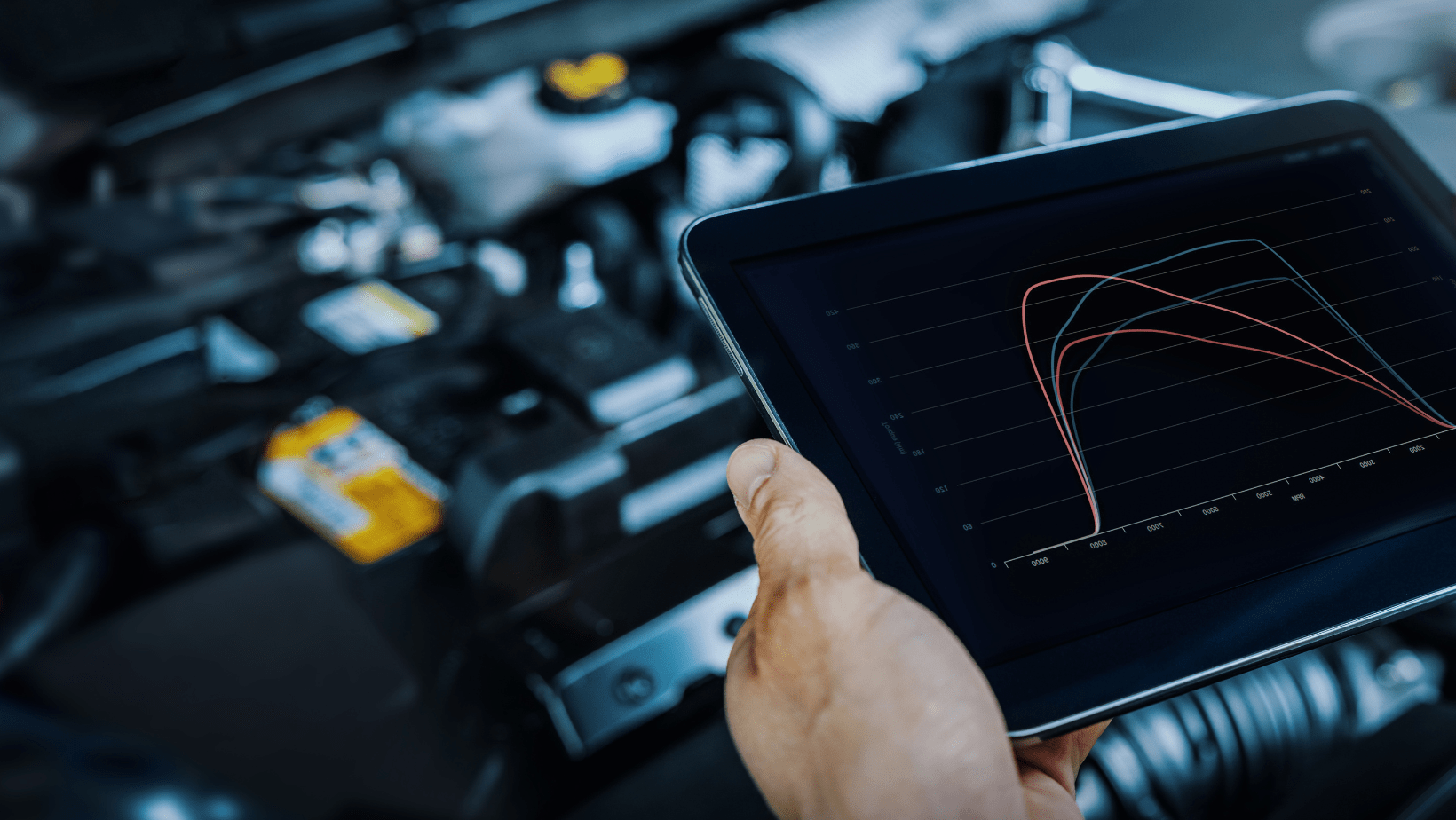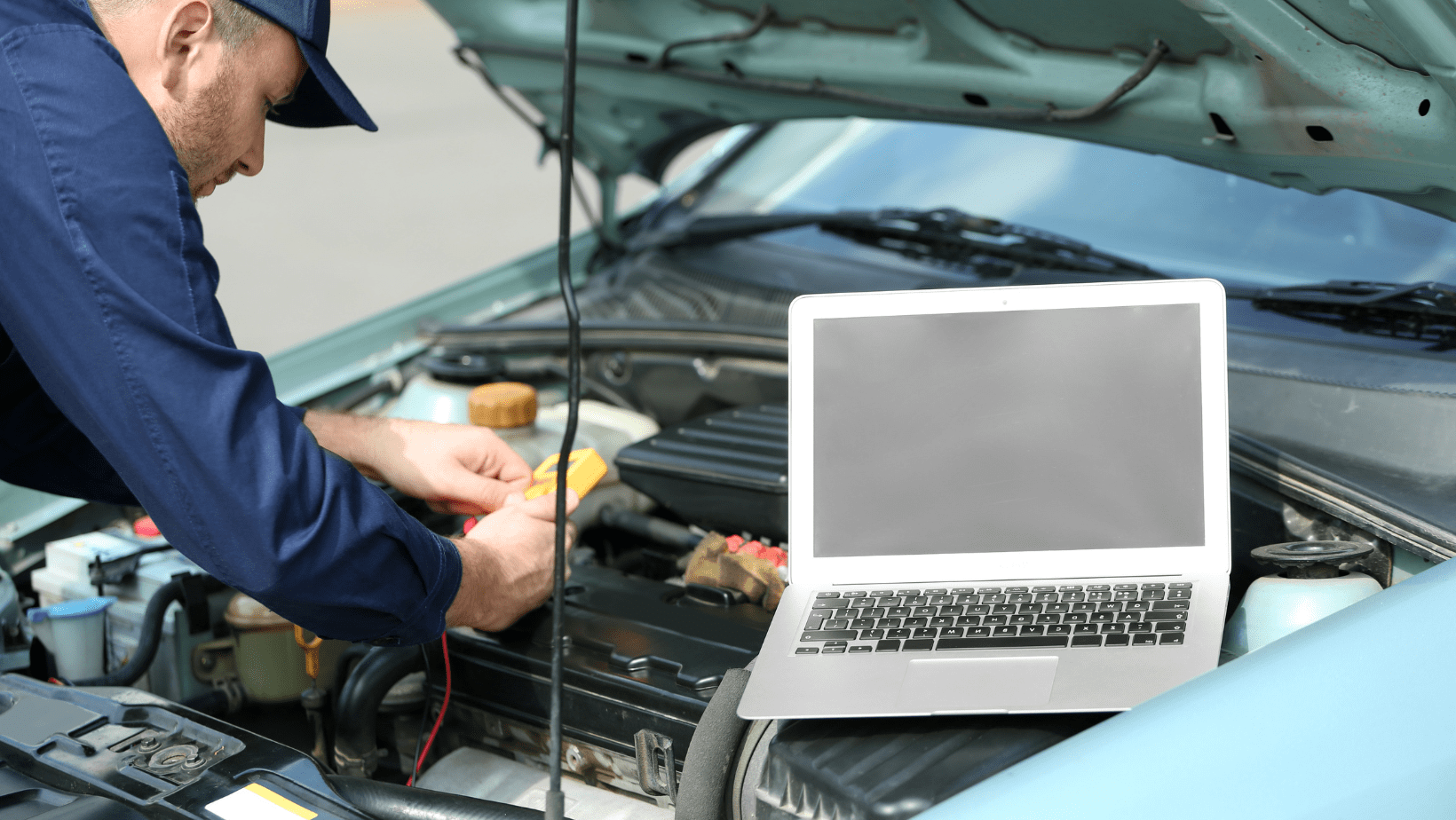Table of Contents
Advanced Sensor Testing
Introduction
Modern vehicles are packed with sensors that monitor and regulate everything from engine performance to emissions. Advanced sensor testing is crucial for diagnosing issues accurately, preventing failures, and ensuring optimal vehicle performance. This guide delves into the significance of sensor diagnostics, the tools required, best practices, and common challenges in sensor testing.
Key Takeaways
| Aspect | Details |
|---|---|
| Importance of Sensor Testing | Essential for diagnosing and repairing modern vehicles. |
| Types of Sensors | Includes O2 sensors, temperature sensors, pressure sensors, speed sensors, and more. |
| Tools Needed | OBD-II scanners, multimeters, oscilloscopes, and manufacturer-specific tools. |
| Common Challenges | Interpreting diagnostic data, identifying faulty sensors, and troubleshooting false positives. |
| Best Practices | Regular maintenance, using the right tools, and following manufacturer guidelines. |
Understanding the Role of Sensors in Modern Vehicles
Sensors are the nervous system of a vehicle, continuously gathering data to optimize engine function, emissions control, safety features, and fuel efficiency. A single faulty sensor can lead to poor performance, higher emissions, and increased fuel consumption.
Primary Functions of Automotive Sensors:
- Engine Performance Optimization – Sensors regulate air-fuel mixture, ignition timing, and throttle response.
- Safety Enhancements – Systems like ABS and stability control rely on wheel speed and yaw rate sensors.
- Emissions Control – Oxygen sensors and mass air flow sensors ensure compliance with environmental standards.
- Fuel Efficiency Improvements – Sensors monitor fuel pressure, air intake, and exhaust gas recirculation (EGR).
Types of Sensors and Their Functions
| Sensor Type | Function | Common Issues | Diagnostic Tools | Testing Method | Maintenance Tips |
|---|---|---|---|---|---|
| Oxygen (O2) Sensor | Measures oxygen levels in exhaust to regulate fuel mixture | Faulty readings lead to poor fuel economy and increased emissions | OBD-II Scanner, Multimeter | Check voltage and response time | Regular inspection for deposits or damage |
| Temperature Sensor | Monitors engine and ambient temperatures | Incorrect readings affect engine performance | Infrared Thermometer, Scan Tool | Compare readings with standard values | Keep sensor surfaces clean and intact |
| Pressure Sensor | Tracks oil and fuel pressure for engine efficiency | Mis-readings cause warning lights and erratic performance | Pressure Gauge, Diagnostic Scanner | Measure pressure and compare to specifications | Regularly check for leaks or blockages |
| Speed Sensor | Measures wheel and crankshaft speed | Inaccurate readings affect ABS, traction control, and transmission | OBD-II Scanner, Oscilloscope | Verify signal output and consistency | Ensure sensor alignment and clean from debris |
| Mass Air Flow (MAF) Sensor | Measures the amount of air entering the engine | Incorrect readings cause engine misfires and stalling | OBD-II Scanner, Multimeter | Inspect for proper signal voltage | Clean regularly to avoid dirt buildup |
| Knock Sensor | Detects engine knocking or detonation | Failure leads to improper timing adjustments and engine damage | Diagnostic Scanner, Listening Device | Monitor response to simulated knocking | Ensure mounting and wiring integrity |
| Throttle Position Sensor (TPS) | Monitors throttle position and engine load | Erratic idling, hesitation, and poor acceleration | OBD-II Scanner, Voltmeter | Test for smooth voltage changes | Regular calibration and debris removal |

Essential Tools for Advanced Sensor Testing
Having the right tools is crucial for accurate sensor diagnostics.
Must-Have Diagnostic Tools
| Tool | Function |
|---|---|
| OBD-II Scanner | Reads error codes and real-time sensor data. |
| Multimeter | Measures voltage, resistance, and continuity. |
| Oscilloscope | Captures high-speed sensor signal waveforms. |
| Infrared Thermometer | Measures temperature variations in sensors. |
| Fuel Pressure Gauge | Tests fuel pressure sensors and injectors. |
| Manifold Absolute Pressure (MAP) Sensor Tester | Evaluates vacuum and pressure readings. |
Step-by-Step Guide to Sensor Testing
- Connect Diagnostic Tools
- Use an OBD-II scanner to retrieve error codes and sensor data.
- Check for any pending or active diagnostic trouble codes (DTCs).
- Inspect Sensor Wiring and Connectors
- Look for corroded, damaged, or disconnected wiring.
- Ensure sensors are securely mounted and clean.
- Measure Sensor Voltage and Resistance
- Use a multimeter to test voltage output and resistance values.
- Compare readings with manufacturer specifications.
- Perform Live Data Monitoring
- View real-time sensor data using advanced scan tools.
- Detect irregular fluctuations in temperature, pressure, or air flow.
- Simulate Driving Conditions
- Test sensors under different conditions, such as idle, acceleration, and load variations.
- Compare Readings Across Components
- Cross-check data between multiple sensors to rule out false positives.
Common Challenges and Solutions in Sensor Testing
| Challenge | Solution |
|---|---|
| False Positives | Compare multiple diagnostic readings before replacing a sensor. |
| Interpreting Data | Use OEM repair manuals and scan tool references. |
| Intermittent Sensor Failures | Monitor real-time data while driving to detect inconsistencies. |
| Corrosion or Dirt on Sensors | Regular cleaning with sensor-safe contact cleaners. |
| Wiring Issues | Inspect for damaged insulation and loose connections. |
Best Practices for Sensor Maintenance and Testing
- Perform Regular Inspections – Periodically check sensors for dirt, damage, and corrosion.
- Use High-Quality Replacement Parts – Avoid cheap aftermarket sensors that may have inaccurate readings.
- Update Diagnostic Software – Keep scan tools updated for accurate data interpretation.
- Maintain Proper Electrical Grounding – Ensure sensors have a stable power and ground connection.
- Follow Manufacturer Recommendations – Adhere to service intervals and diagnostic procedures.

The Future of Sensor Testing in Automotive Diagnostics
With advancements in vehicle technology, sensor diagnostics are becoming more sophisticated.
Emerging Trends in Sensor Technology
AI-Based Predictive Diagnostics – AI algorithms detect failing sensors before issues arise.
Wireless Sensor Monitoring – Bluetooth-enabled sensors provide real-time remote diagnostics.
Self-Calibrating Sensors – Next-gen sensors adjust parameters dynamically for enhanced accuracy.
Integration with Autonomous Vehicles – Sensors play a critical role in self-driving car safety.
Conclusion: Mastering Advanced Sensor Testing
Advanced sensor testing is an essential skill for automotive professionals and enthusiasts alike. By understanding different sensor types, using the right diagnostic tools, and following best practices, you can ensure accurate troubleshooting and vehicle efficiency. Whether diagnosing an oxygen sensor failure or a faulty throttle position sensor, mastering sensor diagnostics empowers you to maintain and repair modern vehicles effectively.
Additional Resources
Check out the best performance car gear available on the market.
